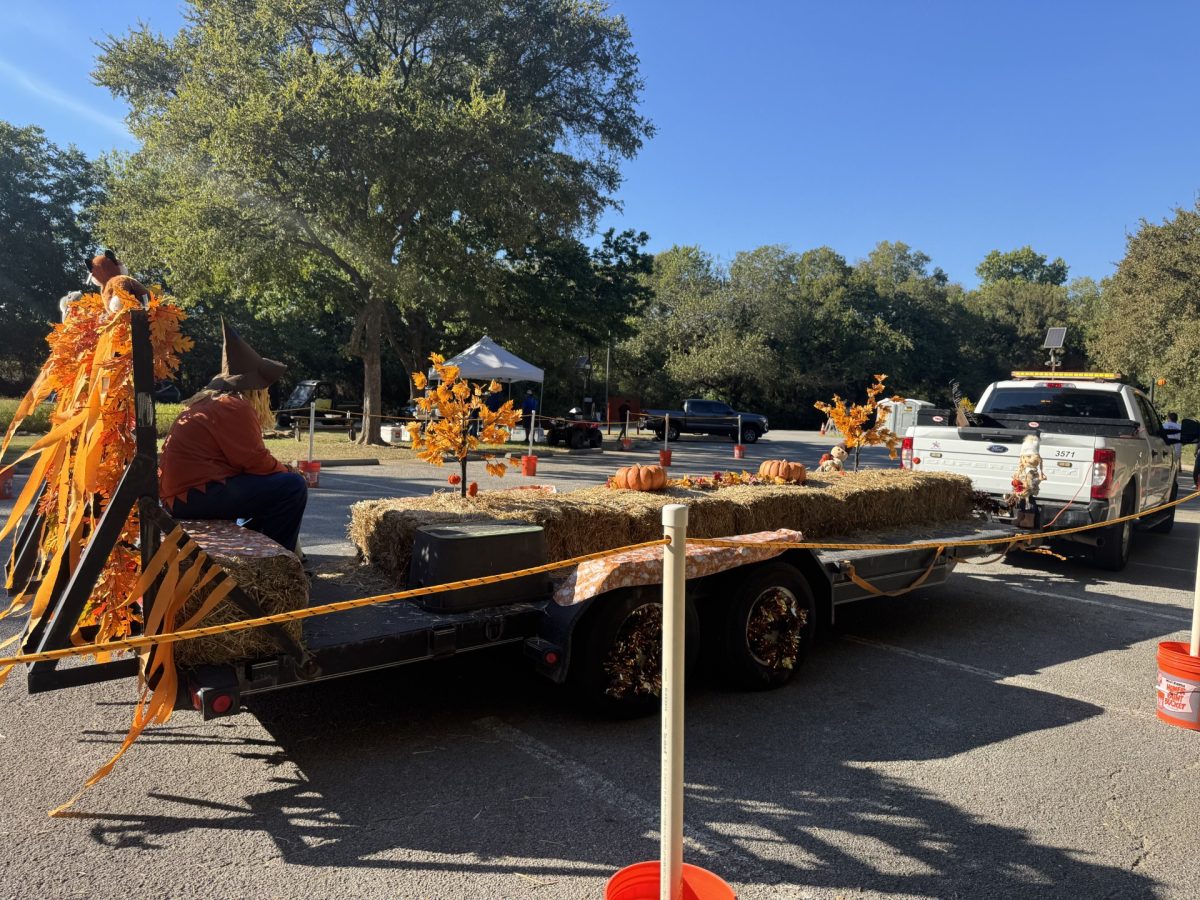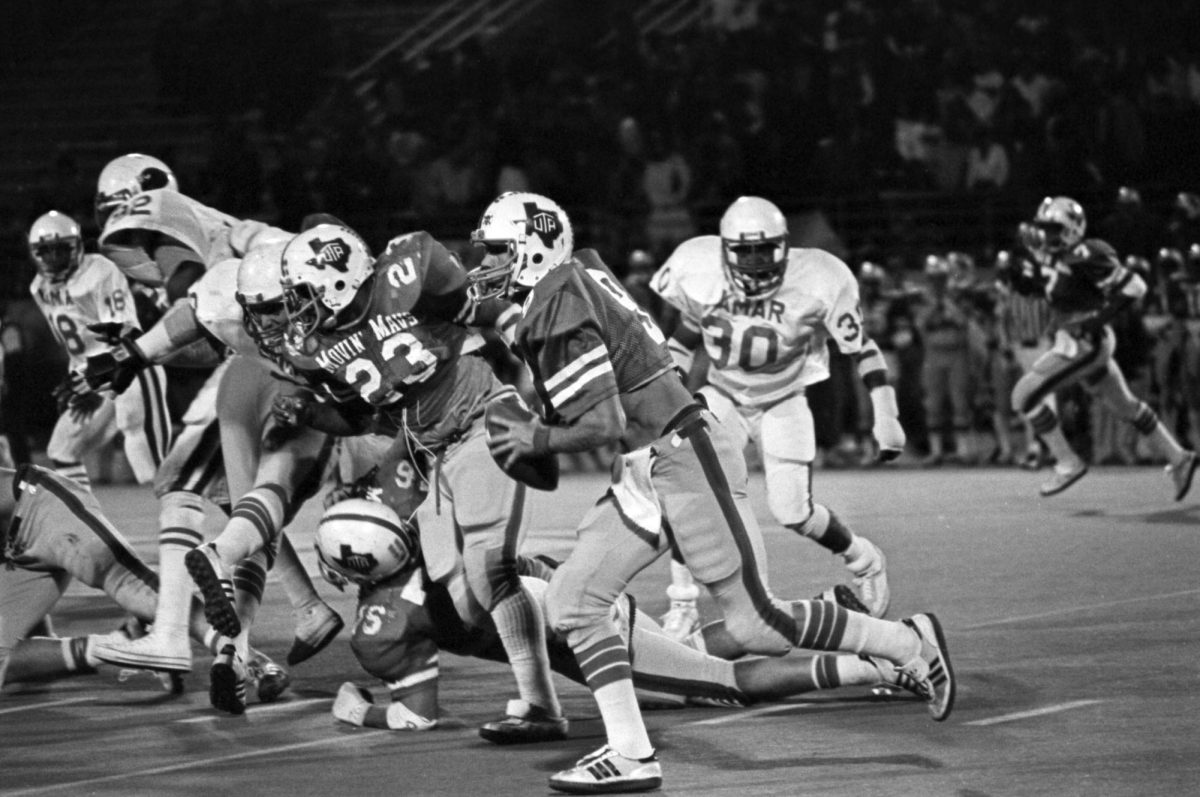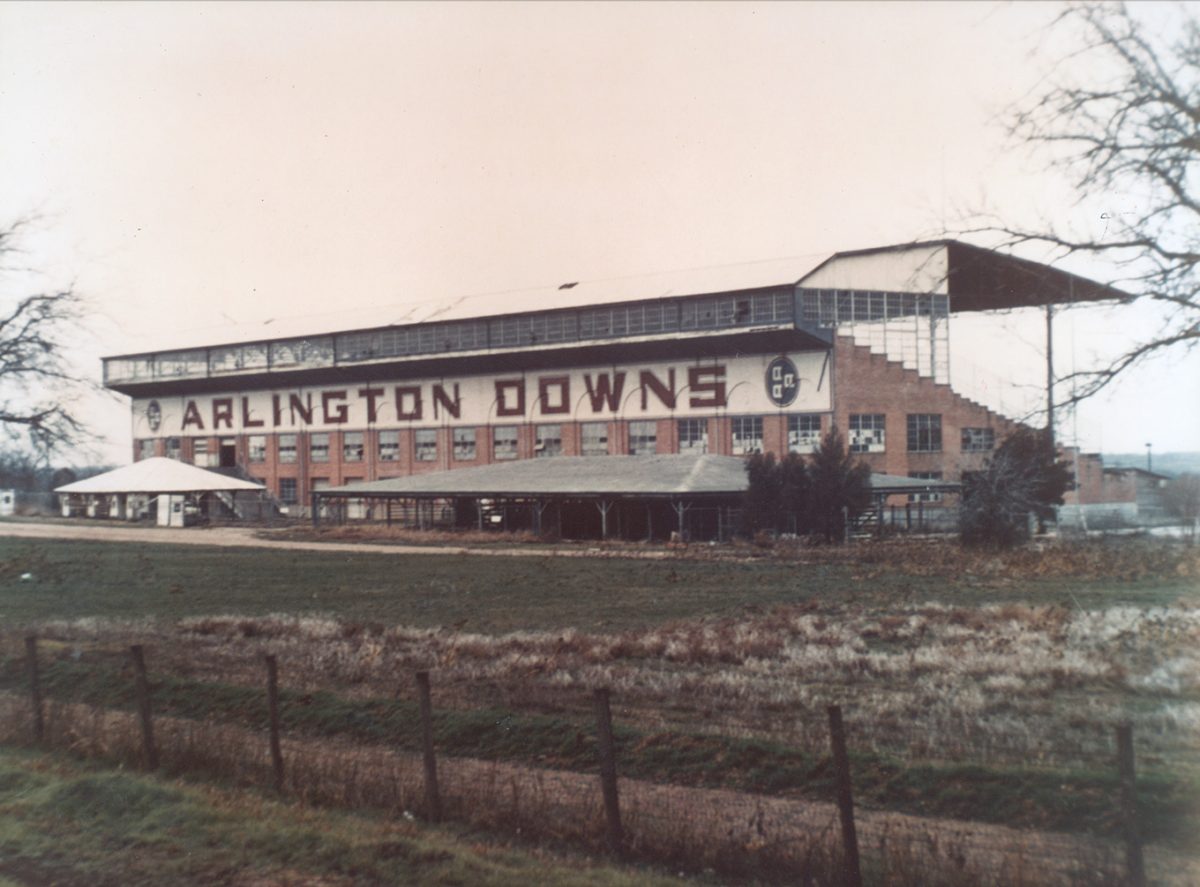YOKOHAMA, Japan—Japan has continually pushed the limits of automobile capabilities for well over 100 years.
The likes of Toyota, Subaru, Mazda, Nissan, Lexus, Mitsubishi, Honda and Infiniti have had a profound impact on the technologies present in today’s cars. Thanks to the numerous racing series uniting car manufacturers from across the world, the Japanese domestic manufacturers were forced to develop creative and innovation technologies to fight for victory.

Over time, these racing technologies have been redeveloped for use in commercial vehicles.
The Japanese manufacturers quickly created motorsport divisions Nismo and Mazdaspeed to develop innovative racing cars with the most fearless drivers taking the helm.
In 1972, Nismo engineers created the first Skyline GTR, which would win an unprecedented 50 races. Engineers pushed the engine capabilities using complex mechanical linkages and systems.
But it wasn’t until 1989 when Nismo created the Nissan R32 GTR, which would win every race it entered for the next two years. This GTR earned the title of Godzilla due to its impeccable record and sophisticated four-wheel drive system. But Nissan wasn’t the only Japanese manufacturer to set records.
Mazda set its sights on the most difficult race series of all, the 24 Hours of Le Mans. This race is held annually in France after originating in 1923. Three drivers split 24 hours of continuous racing. It is the ultimate test of reliability, efficiency and driver skill.
Mazda had spent 18 years developing its unique rotary engine without success for this race series. But in 1991, Mazda developed the 787B. This car began the race in 12th place and was not considered a potential contender. But in true underdog fashion, it outlasted the Mercedes Goliath, which led the race for 17 hours before suffering mechanical failures.
Mazda won the 1991 24 Hours of Le Mans.
Japanese manufacturers continue to thrive with advancements in modern electric vehicle capabilities.
Motorsport offers a direct window to the future of commercial vehicles and should be preserved. It is a sport which has forced auto manufacturers to include advancements in safety, reliability, efficiency and power into the commercial vehicles of today.







































